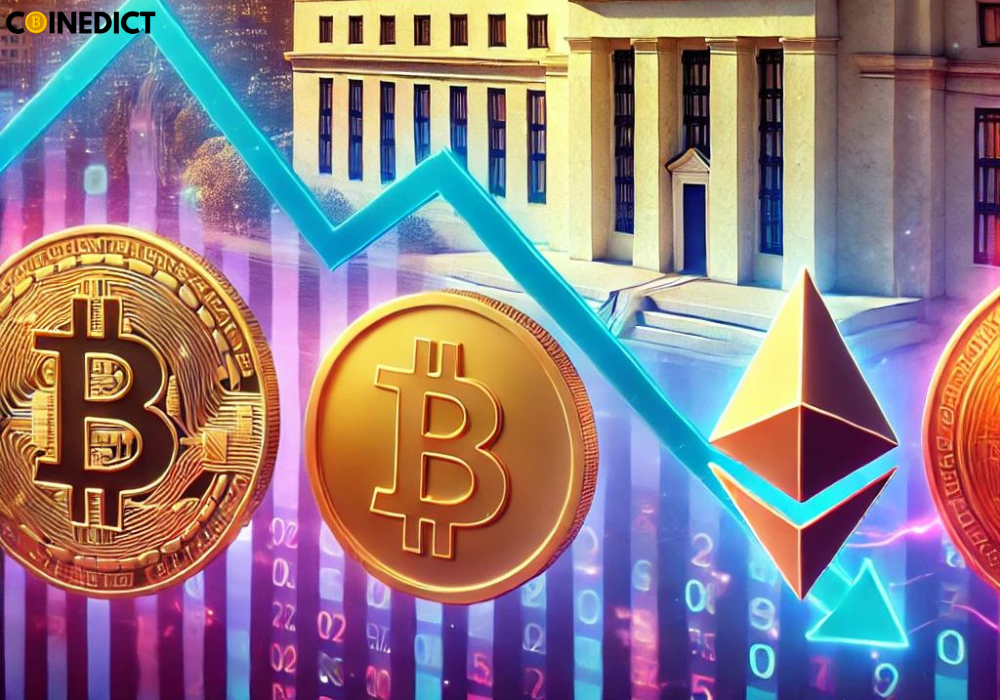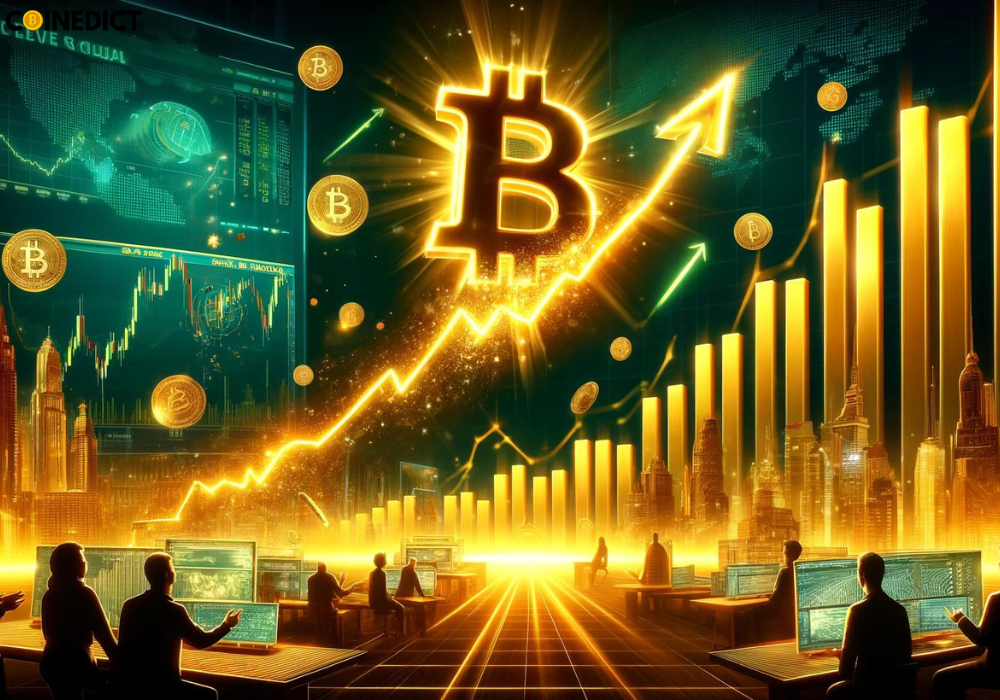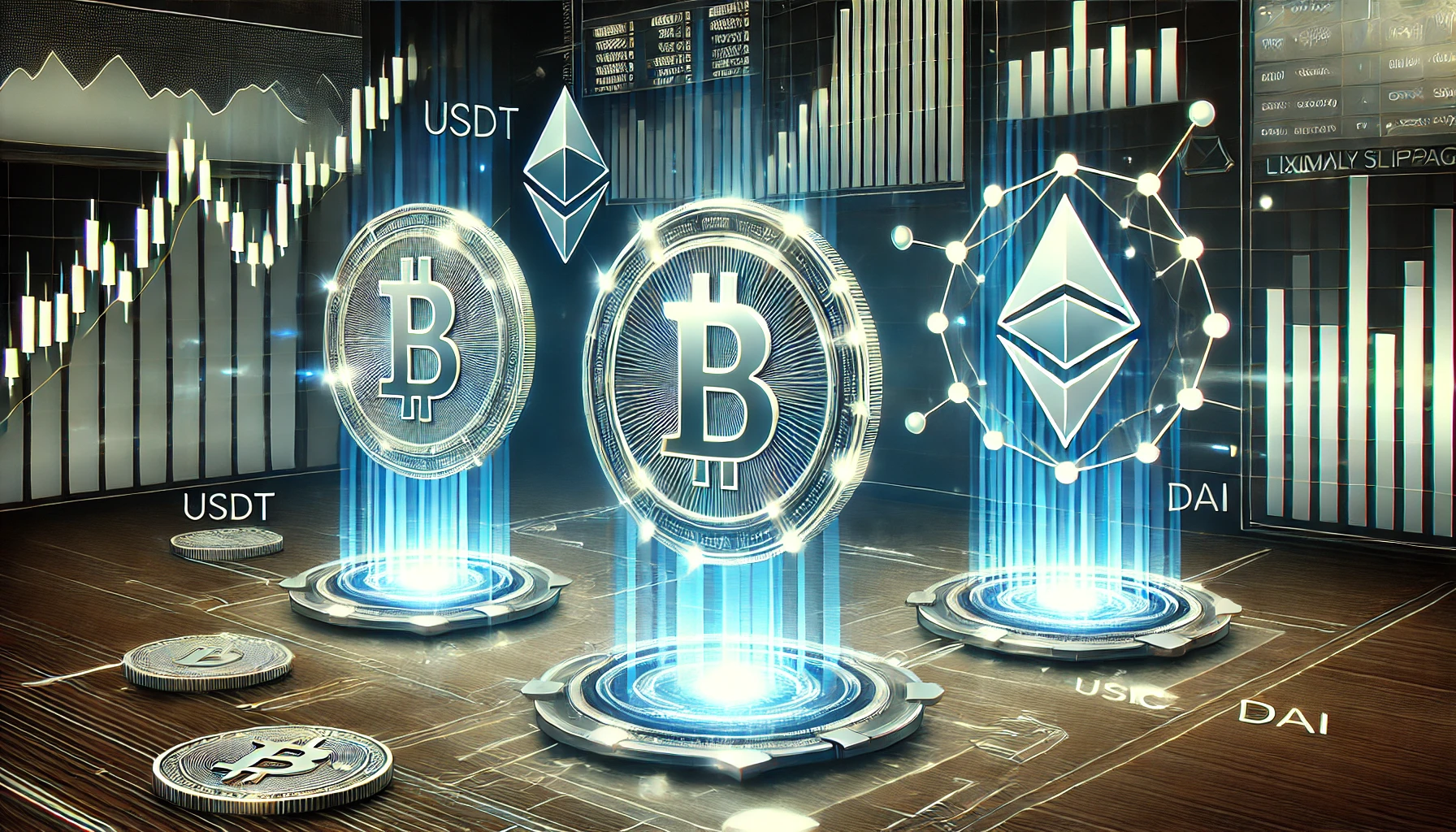Today’s Consumer Price Index (CPI) data revealed that inflation growth continued to ease in August, marking a positive turn for the economy after months of high inflation rates. For cryptocurrency investors, this could signal an important shift in market dynamics. Scott Garliss, a prominent market analyst, suggests that easing inflation may bring good news for the crypto sector, which has been closely linked to macroeconomic trends in recent years.
CPI Data and Inflation Trends
The CPI, which measures the average change in prices for consumer goods and services, showed a slower rate of inflation in August compared to previous months. This indicates that price pressures in the economy are gradually subsiding, providing relief to consumers and investors alike. The deceleration in inflation is a result of several factors, including improved supply chain conditions, reduced energy costs, and tightening monetary policies by central banks.
The Federal Reserve’s aggressive interest rate hikes over the past year aimed to combat inflation by curbing demand and stabilizing prices. Now, with inflation showing signs of easing, it raises questions about how the Fed will respond and whether further interest rate hikes are necessary. A more stable inflation environment could lead to less aggressive monetary tightening, which would, in turn, affect the financial markets—including crypto.
Why Easing Inflation is Good for Crypto
Scott Garliss believes that easing inflation is particularly favorable for cryptocurrencies for several reasons. Over the past few years, the crypto market has become increasingly sensitive to macroeconomic indicators such as inflation, interest rates, and fiscal policies. When inflation was surging, central banks like the Federal Reserve responded with higher interest rates to tame the rising prices. These rate hikes made borrowing more expensive, dampening risk appetite among investors, and leading to volatility in high-risk asset classes like cryptocurrencies.
Here’s why lower inflation could benefit the crypto market:
- Less Pressure on Interest Rates
With inflation slowing down, the Fed may ease up on its interest rate hikes. Lower interest rates are generally favorable for riskier assets like cryptocurrencies because they reduce the cost of borrowing and increase liquidity in the market. This could lead to a renewed appetite for investment in digital assets as investors seek higher returns in an environment of lower yields from traditional financial instruments. - Increased Confidence in Financial Markets
Easing inflation signals stability, which could boost investor confidence. The crypto market, being relatively young and volatile, benefits from periods of economic stability. When inflation was at its peak, many investors moved away from volatile assets like cryptocurrencies and sought safe havens such as bonds or gold. As inflation cools, there may be renewed interest in high-growth assets like Bitcoin, Ethereum, and altcoins. - Potential for Institutional Investment
Lower inflation and a more stable economy could also bring institutional investors back into the crypto market. Institutions typically have a lower risk tolerance and often steer clear of volatile markets during periods of uncertainty. However, with inflation stabilizing, we may see a resurgence of interest from hedge funds, pension funds, and other institutional players who are looking to diversify their portfolios with digital assets. - A Shift in the “Digital Gold” Narrative
Bitcoin, often referred to as “digital gold,” has been seen as a hedge against inflation by some investors. However, during the recent inflation surge, Bitcoin did not perform as strongly as expected. With inflation easing, this narrative may shift. Investors might begin to see Bitcoin and other cryptocurrencies not just as a hedge but also as a potential source of long-term growth in a more stable economic environment.
What’s Next for Crypto?
While the easing of inflation is certainly positive news, it doesn’t mean that the crypto market will automatically experience a bullish run. There are still many variables at play, including the potential for further regulatory changes, global economic conditions, and technological advancements within the blockchain space.
Scott Garliss warns that crypto investors should remain cautious and not assume that lower inflation will immediately lead to a crypto rally. Instead, he advises a balanced approach, keeping an eye on the Federal Reserve’s upcoming decisions and how global markets react to the evolving inflation data.
Conclusion
The latest CPI data showing a continued easing of inflation growth in August offers a glimmer of hope for cryptocurrency investors. Lower inflation could reduce the pressure on central banks to raise interest rates, which in turn may create a more favorable environment for high-risk assets like crypto. While Scott Garliss sees this as good news, he also emphasizes the importance of staying informed and adapting investment strategies as macroeconomic conditions continue to evolve.
As inflation cools, the crypto market may see renewed interest from both retail and institutional investors, but caution and careful analysis remain key. The interplay between inflation, interest rates, and the broader financial landscape will continue to shape the future of digital assets.











